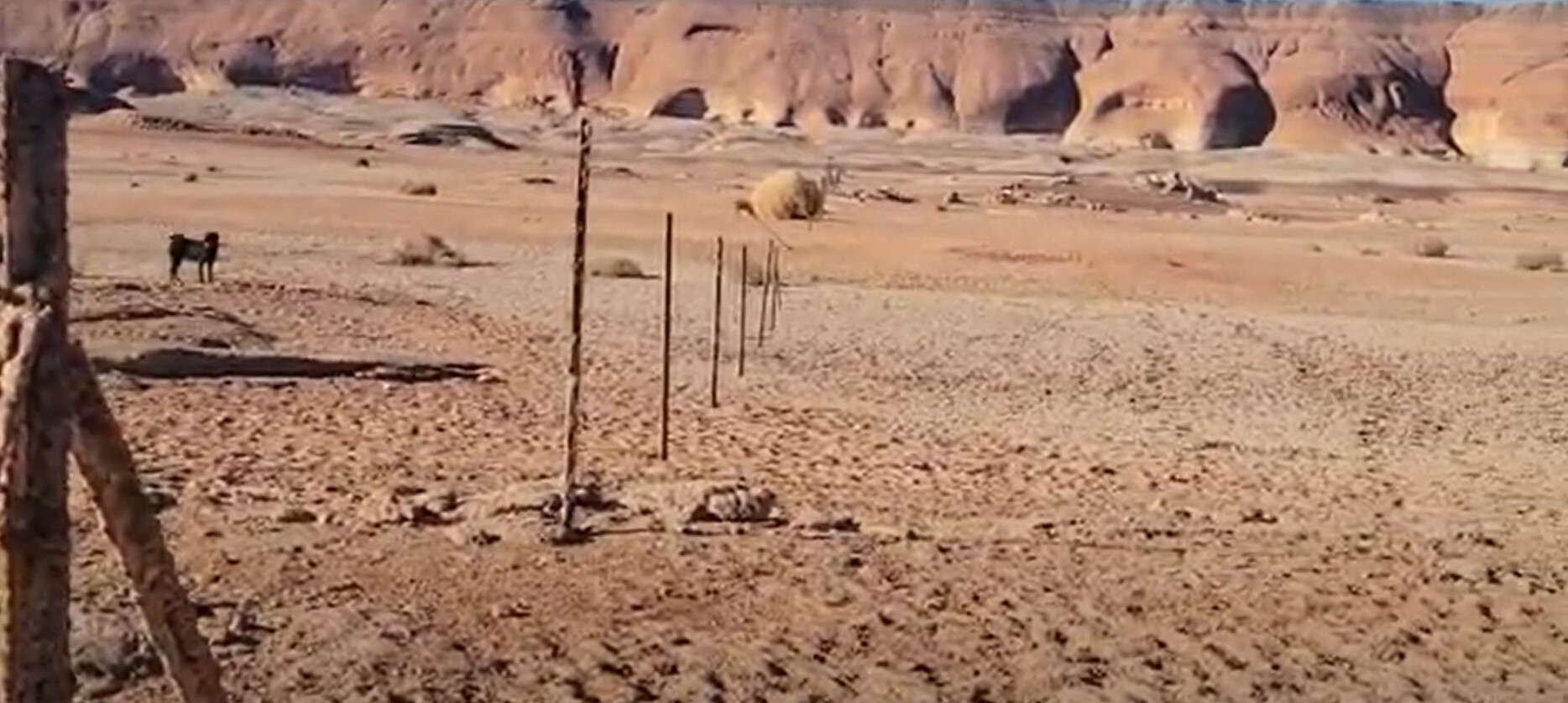
Summer Drought by Christopher German
The world as we know it is changing. Whether it’s ocean sea level rise, mass extinction events or the fact that warnings from the ancients are now showing telling us that something is going on should have us worried. But for the most part, our leaders seem to be- ahem.. unresponsive.
In the west this week, States failed to reach an agreement on what to do about the failing Colorado River, so the Bureau of Reclamation declared a Tier 2 emergency. As the Bureau of Reclamation commissioner, M Camille Calimlim Touton said during a news conference on Tuesday
“The system is approaching a tipping point,” saying that urgent action was required.
Videos of miles-wide beaches at Lake Mead and Powell and previously submerged ancient Native structures abound on the web these days as news reporters feign newfound interest in the fact that the west is running out of water. In May everyone was up in arms about the fact that the house boating season was in jeopardy. Now the halfhearted response of federal authorities squandering millions of gallons of water to prop up the hopes of Utah boating enthusiasts at the beginning of the summer has been forgotten, replaced by a sense of the inevitable failure of the western water system.
The new water cuts will reduce Arizona’s water share by 21%, Nevada’s by 8%, and Mexico’s by 7%, but officials fear more cuts will be needed unless we have a biblical-size flood event in the next year. But with a hotter, drier future and a growing population, answers are not easily found.
Across the pond in Europe, the United Kingdom announced this week that the Thames Valley and London would be under a hose ban due to the River Thames reaching its lowest level since 2005 and “unprecedented weather conditions”. At least there, people will not be able to use hoses to water gardens, wash cars and windows, or fill paddling pools. Here in the Southwest, US officials couldn’t come up with even a garden hose ban, for fear that alt-right gun-toting radicals would lay siege over green lawns in Phoenix.
On the continent, in the Danube, Rhine, Elbe, and Weser rivers, rocks carved in the Fifteenth Century called “Hunger Stones” showed up this week, with warnings left over from the Middle Ages. The stones were carved during droughts of the past as warnings to future generations of hunger and peril when the water levels dropped low enough to read the messages.
In China this week, officials scrambled to alleviate power shortages and bring more water to the drought-hit basin of the Yangtze river as it battles a record-breaking heatwave.
For more than two months, baking temperatures have disrupted crop growth, threatened livestock, and forced industries in the hydropower-dependent regions of the southwest to shut down to ensure electricity supplies for homes.
China is working on a 100-year $62 billion plan to link the four rivers of China and divert the water from the south to the north to address unchecked population growth and water demand in response to climate change. US-based engineers referenced this plan, suggesting that Mississippi River water could be diverted to prop up failing Colorado River levels at Lake Powell to the amusement of the media and US federal officials.
The China plan has taken 50 years to conceive and will not likely be completed until 2050, long after climate change has forced population shifts and famine in the population-dense nation. The concept of population shift and famine is downplayed here in the US by officials who tout contingency plans if and when the water runs out, but who also say the political will and regulatory hurdles prevent their pursuit of such audacious actions as China.
Ultimately, history will remember this summer as The Summer of Drought all across the Northern Hemisphere, but it doesn’t look good for the Southern Hemisphere’s summer ahead either
Presumably, just about the time we are trick or treating, the Southern Hemisphere will start their own scramble as the outback of Australia burns and is overrun by pestilence-carrying vermin. Two southern parts of Western Australia were declared “water deficient” in May 2019 after months of drought, with other drought-affected areas including central and east Gippsland in Victoria, and parts of eastern South Australia.
A prolonged drought caused by natural and human factors in Chile has been happening since 2010 causing shortages in grain production and prompting the World Meteorological Organization to issue warnings about South American water shortages. A report by the World Meteorological Organization, called State of the Climate in Latin America and the Caribbean, 2021 was released last month that found Central Chile had experienced temperatures above normal (1981-2010) by 1-2°C in 2021, higher than the general warming of the continent by 0.36°C, Most of Chile is also experiencing below-normal rainfall, a trend that has now held for 13 years.
While we as Americans seem to think we are isolated in our problems, the World is just as much in the same boat, with declining water levels and no real fix in sight to address it. When I was in college in the waning days of the 20th century working on my political science degree, a political science professor warned our class of two trends that would define the next millennium. “Water wars and Jihad”.
We’ve just spent the last 20 years fighting Jihad, I guess now it’s time for the water wars to start.
Thumbnail Credits: Christopher German
Sources
- US issues western water cuts as drought leaves Colorado River near ‘tipping point’ | US news | The Guardian
- July 2022 Drought Report | National Centers for Environmental Information (NCEI)
- Thames Water hosepipe ban to start on 24 August – BBC News
- The drought in Europe is unveiling cautionary ‘Hunger Stones’ — “when you see me, weep”
- World of Change: Drought Cycles in Australia.
- China races to alleviate drought, power cuts amid record heatwave | Reuters
- South-to-North Water Diversion Project
- Megadrought in Chile: Both natural climate factors, and human-induced global warming to blame







